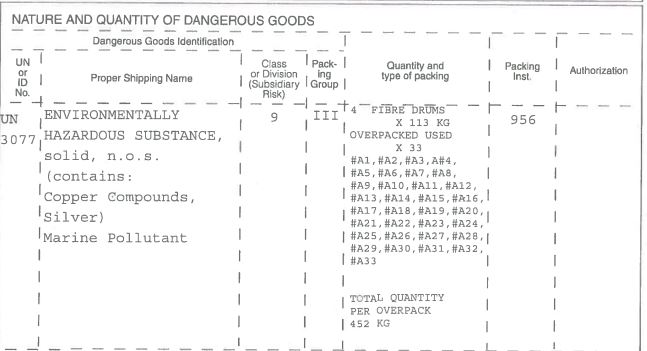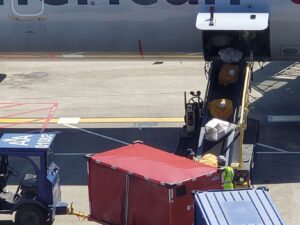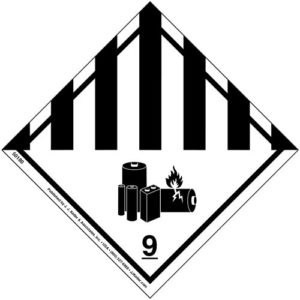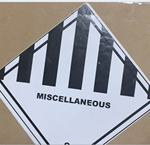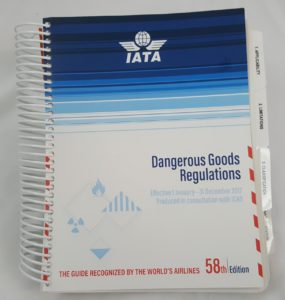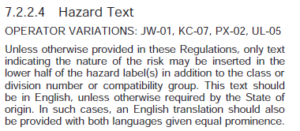Just two days before Christmas 2020 and I’m still getting questions like this:
Greetings Mr. Stoehr,
I hope this email finds you well and celebrating the holidays.
I read the following requirement for shipping de minimis: “If the code isE1, E2, E4 or E5, the goods can be shipped as de minimis. If the code is E0 or E3 your dangerous goods cannot be shipped using this provision.
What is the the reason why we cannot ship if the code is E3? I understand if it is E0. E3 is similar to E2, only the maximum net quantity per outer package is less.
Thank you and have a wonderful holiday.
Daniels Training Services, Inc. 815.821.1550 |
My reply the same day (12.23.20):
Thank you for contacting me. I will try to answer your question below.
- I presume you are referring to the De Minimis Quantities exception of the International Air Transport Association (IATA) at 2.6.10 of the IATA Dangerous Goods Regulations. While there is a similar De Minimis Quantities exception at 49 CFR 173.4b in the Hazardous Materials Regulations of the Pipeline and Hazardous Materials Safety Administration within the U.S. Department of Transportation (USDOT/PHMSA), the domestic regulations do not use the “E codes” as do those of IATA.

- The “E codes” (E0, E1, E2, E3, E4, & E5) are found in column F of the List of Dangerous Goods. Their primary purpose is to identify the limits of the Excepted Quantity exception.
- Once the E code is determined for a dangerous good the shipper or packer is directed to 2.6 of the IATA Dangerous Goods Regulations to determine the inner and outer packaging quantity limits and packaging requirements for transport as an Excepted Quantity.
- Within 2.6 at 2.6.10 are the requirements for transport subject to the De Minimis exception. There, as noted above, the De Minimis exception is limited solely to dangerous goods associated with the E codes of E1, E2, E4, & E5.
Why not E3?
- I don’t know for certain why E3 is excluded from eligibility for the De Minimis exception.
- However, I can surmise it is not due to the quantity limits but more likely due to the type of dangerous good that is assigned the E3 code. It is possible that the dangerous good assigned E3 as an excepted quantity is not acceptable to ship by air as DeMinimis.
- I did a quick review of most of the List of Dangerous Goods and discovered that every E3 code in column F was associated with a Class 3 Flammable Liquid in Packing Group I.
I hope that helps. Please contact me with any other questions.
Like this article? Subscribe to my Monthly Newsletter No marketing emails! |
The reply:
Thanks for giving this a shot – we kinda went in a circle – I did the same. Have wonderful holiday

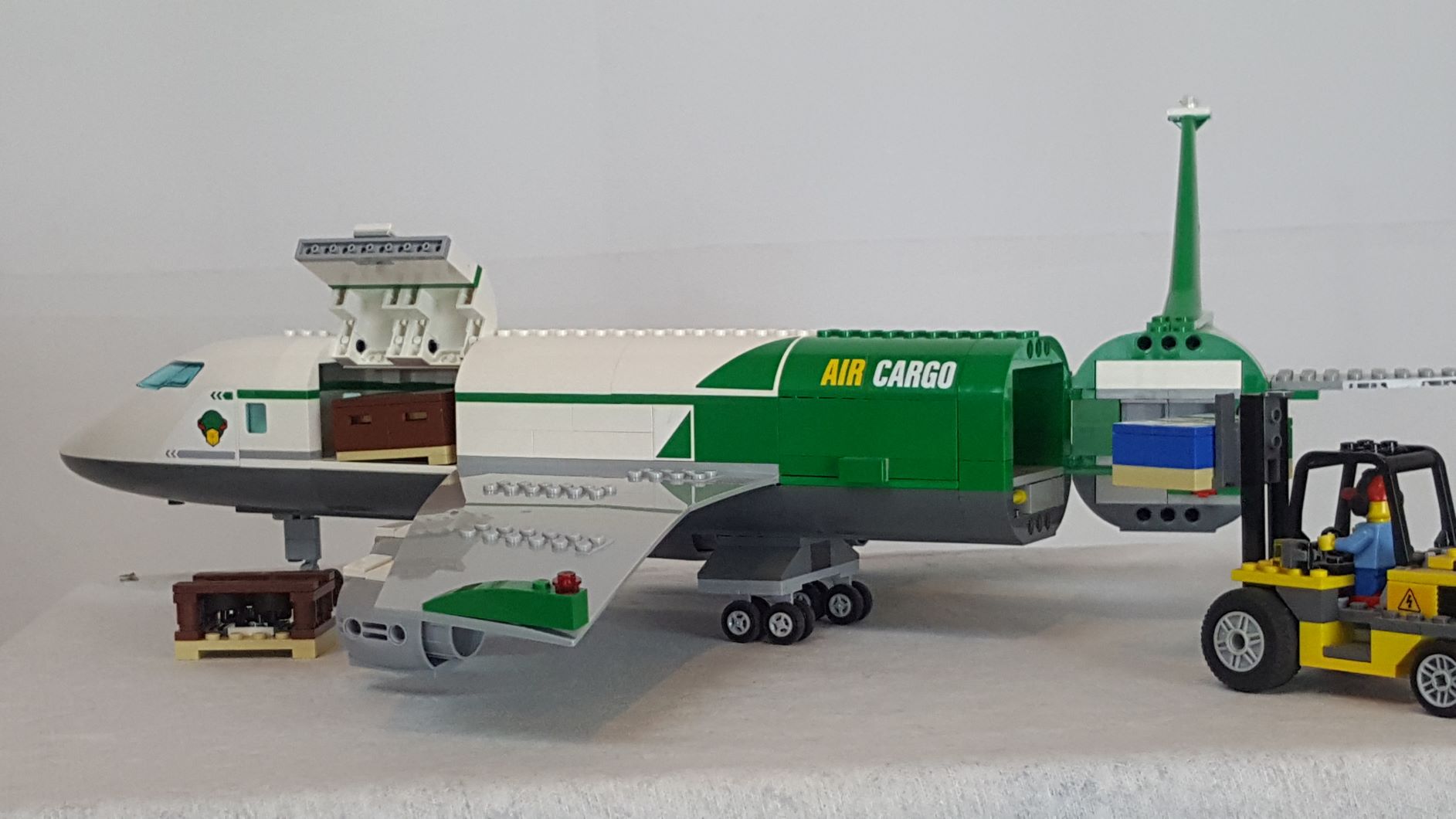

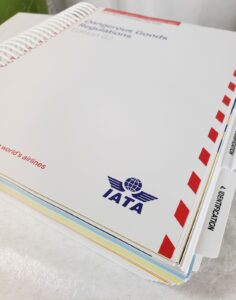

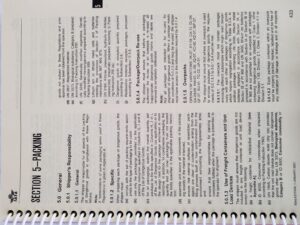

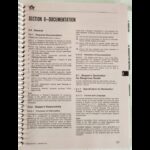 Section 8 – Documentation
Section 8 – Documentation
